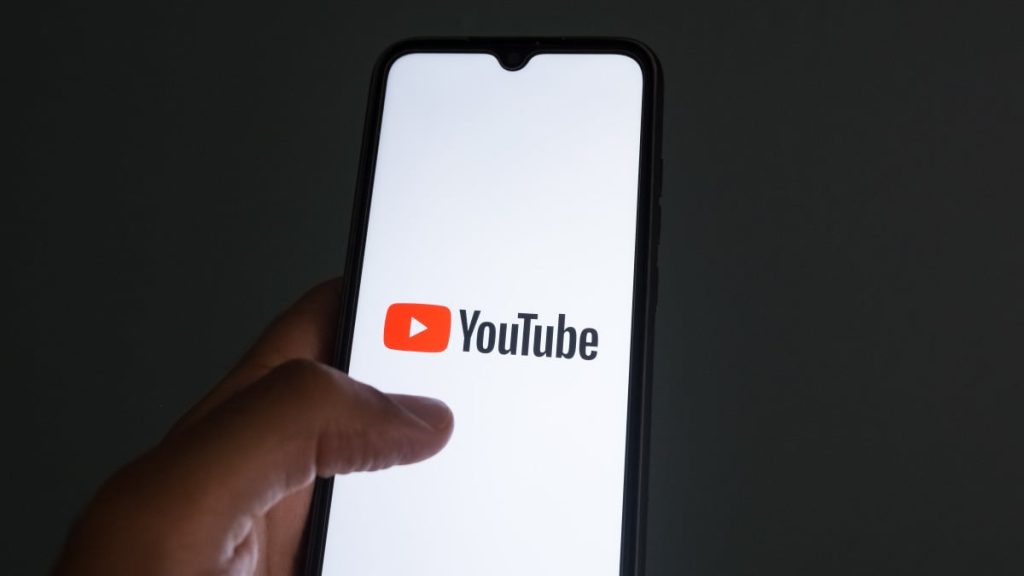In a move to enforce stricter age-based access controls, YouTube will launch an AI-powered age estimation system in the U.S. starting August 13, targeting users suspected of falsifying their birthdates. The platform, owned by Google, aims to align content and safety features more accurately with users’ actual ages, particularly to differentiate minors from adults. The initiative, first announced in July, will initially roll out to a limited group, with plans for broader expansion pending evaluation.
The technology analyzes behavioral patterns—such as search history, video categories viewed, and account creation date—to infer age. If classified as under 18, users will automatically face restrictions like limited access to mature content. Those contesting the system’s assessment must submit government-issued identification or a credit card to confirm they are adults. James Beser, YouTube’s Director of Product Management for Youth, emphasized the goal of delivering “age-appropriate experiences” while testing the system’s efficacy. “This approach has already proven effective in other regions,” Beser noted in a blog post, though specifics about those markets were not disclosed.
The update arrives amid growing global efforts to implement digital age verification, often sparking debates over privacy and practicality. For instance, the U.K.’s Online Safety Act, which mandates age checks for adult websites, led to a surge in VPN usage as users sought to bypass geo-restrictions. Critics argue that many verification methods, including facial scans and ID uploads, are vulnerable to exploitation. Generative AI tools further complicate the landscape, enabling sophisticated workarounds such as forged documents.
Privacy advocates also highlight risks tied to data collection. Recent breaches, like the Tea app incident exposing millions of users’ details, have intensified skepticism about sharing sensitive information. While platforms frame age checks as protective measures, experts caution against potential overreach. Samir Jain of the Center for Democracy & Technology warned that poorly designed systems risk infringing on privacy and free expression, especially if they over-collect biometric or birthdate data. “These tools must balance accuracy with minimal data retention to avoid chilling lawful speech,” he told the Associated Press.
YouTube’s AI-driven method aims to sidestep direct requests for personal documents by relying on behavioral analytics. However, its accuracy—and the repercussions of errors—remain untested at scale. The platform’s approach reflects a broader industry struggle to reconcile child safety, user privacy, and seamless access, all while navigating evolving regulatory frameworks and technological challenges. As these systems proliferate, their real-world impact on both young users and broader digital rights will likely fuel further scrutiny.
